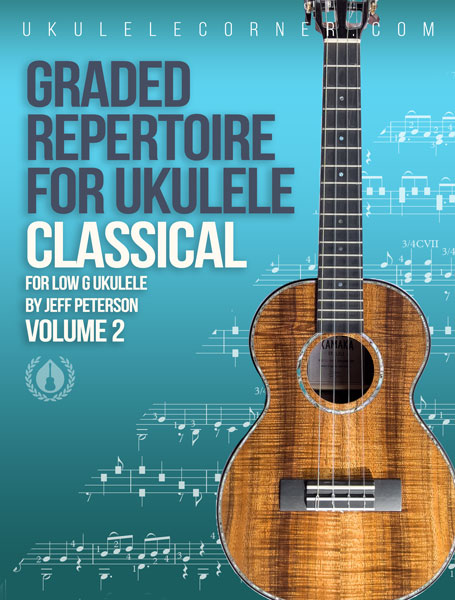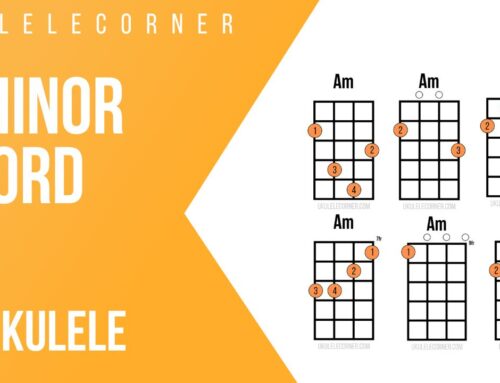How Great Is the Pleasure for Classical Ukulele
In this video Jeff Peterson plays his low-G arrangement of How Great Is the Pleasure for classical ukulele. Composed by Oxford student Henry Harington in the 18th century, this piece celebrates the love of music and the joy it brings.
Performance Notes
It begins with 8 bars of arpeggiation in 3/4 time, outlining the harmony before the melody enters at the end of measure 8. Set in the key of G minor, the piece utilizes Gm, Bb, F, Eb, Cm, and Dm chords in various positions.
The primary goal is to let the melody shine with smooth, legato lines, supported by rich harmony underneath. One of the key challenges is the large leap from the 8th position F chord to the 1st position, which can be facilitated by using the open A string during the transition. Alternatively, you can play the chord in 3rd position (5 5 3 on the 3rd, 2nd, and 1st strings) for a smoother shift.
The piece involves numerous position changes, which can be challenging. Practice these shifts slowly, but aim to move quickly between positions, ideally within the space of an eighth note. While there might be a slight break in sound during a position change, with practice, you can make even large leaps feel smooth. Avoid emphasizing the chord you’re moving away from; playing it softly can help it blend seamlessly into the transition.
Graded Repertoire for Classical Ukulele: Volume 2
How Great Is the Pleasure comes from our book Graded Repertoire for Classical Ukulele: Volume 2. The book has around 50 pieces of classical masterpieces carefully arranged for low-G ukulele in a progressive order. Starting with simple famous melodies like Bach’s Minuet in C, you progress step-by-step all the way through to classical favorites such as Fauré’s Pavane and Leyenda by Issac Albéniz.
Pick up your copy of Graded Repertoire for Classical Ukulele: Volume 2 here.





Leave A Comment